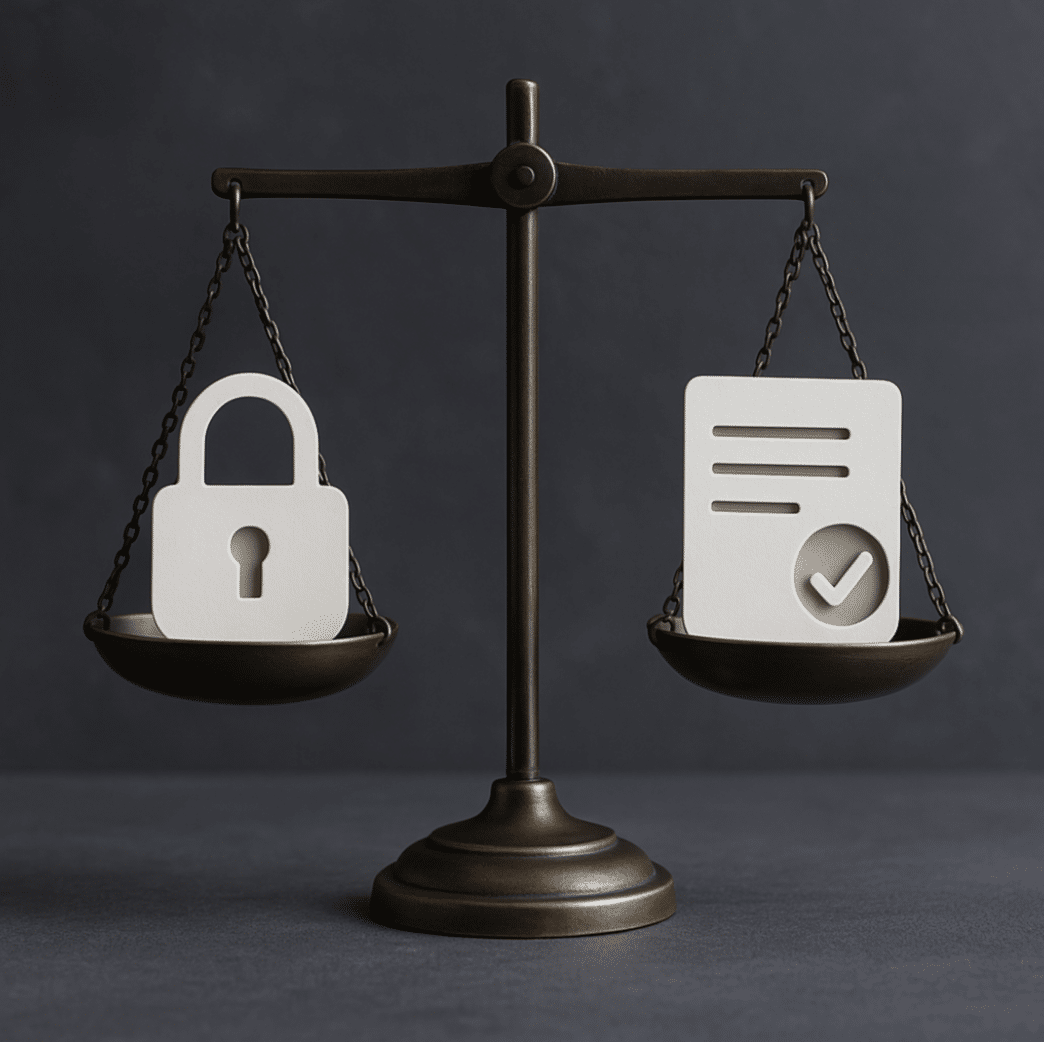Have you ever wondered how your 13-year-old can access adult content just by clicking “Yes, I’m over 18”? Or worse, how they can buy alcohol online by lying about their age? The truth is, we’ve spent years playing a dangerous game where the only barrier between minors and inappropriate content is… a teenager’s honesty.
But that’s changing—fast. AI age verification has gone from being a futuristic concept to becoming an essential tool that’s revolutionizing the way we protect our children online.
Unlike the outdated methods we all know—like checking a box that says “I confirm I’m of legal age” or uploading an ID photo—AI age verification works smartly. It analyzes facial features in real time and determines whether someone is a minor or an adult, all without saving images or violating privacy.
And this isn’t just about staying on top of tech trends. With the European Union increasingly pushing for safer digital environments and Spain moving toward mandatory parental controls, companies can no longer afford to wait.

The Frontline Industries
There are five industries that have suddenly woken up to the reality that AI age verification isn’t optional—it’s urgently necessary. Here’s why:
1. Adult Content Platforms: The Most Scrutinized Sector
If any sector is feeling the pressure, it’s this one. The UK already requires real age filters, and several U.S. states are following suit. Platforms hosting sexually explicit content are facing an uncomfortable reality: either implement effective AI-based age checks, or face serious legal consequences.
What’s interesting is that these platforms have discovered AI allows them to stay compliant without ruining the experience for adult users. No more document uploads or complicated account setups.
2. E-commerce for Restricted Products: Beyond Alcohol
Think about all the times you’ve bought alcohol online. Did they really verify your age? Probably not. But stores selling alcohol, tobacco, vapes, or cannabis products are starting to realize that a simple “I’m over 18” click isn’t enough anymore.
AI age verification lets them automate the whole process without adding unnecessary friction. Customers can still enjoy a smooth buying experience—but only if they’re legally of age.
3. Online Gambling & Gaming: Where a Mistake Can Ruin Lives
Spain’s Directorate General for Gambling Regulation doesn’t mess around when it comes to minors accessing betting platforms. And they’re right—this is a sector where addiction can start young.
Betting companies are implementing biometric validation with AI not just to comply with the law, but because they understand their reputation depends on keeping minors out. One scandal involving underage gambling can destroy a brand overnight.
4. Social Media: A Late but Necessary Wake-Up Call
TikTok, Instagram, YouTube… all have had crisis moments when it was revealed minors were being exposed to highly inappropriate content. Complaints are piling up, parents are outraged, and regulators are running out of patience.
AI age verification offers an elegant solution: platforms can distinguish between teens and adults without asking users to upload documents or go through invasive processes no one wants to do.
5. Streaming Platforms: The Control They Should’ve Always Had
Netflix, HBO Max, Amazon Prime… all offer content that clearly isn’t for kids. But so far, the only safeguard has been for parents to set up child profiles and hope their kids use them.
With AI-based age estimation, these platforms can automatically verify that the person watching adult content is actually of age—without interrupting the experience or violating anyone’s privacy.
How This Technology Works
Here’s the part that really matters: how can AI age verification tell if you’re of age without invading your privacy?
The answer is more elegant than you might think. Modern AI systems can analyze facial features in real time and estimate age without storing any images whatsoever. It’s like having an expert bouncer who can guess your age at a glance—and forget your face the moment you walk past.
This biometric validation respects the “privacy by design” principles promoted by the Council of Europe. Your image is analyzed locally on your device, a decision is made about whether you’re under or over age, and then… that’s it. Nothing is saved, nothing is shared, nothing ends up in a database.
Companies like Bouncer Digital are already implementing this technology for their clients, helping them comply with regulations in different countries—without making users feel like they’re going through airport security.
The Future Is Already Here—and We Can’t Ignore It
AI age verification isn’t just another tech trend. It’s the answer to a very real problem we’ve ignored for too long: how to protect minors online without making the internet a hostile place for adults.
With regulations like the EU’s Digital Services Act and the upcoming European Digital Identity framework under eIDAS2, it’s clear that these systems won’t just be common—they’ll be mandatory. The companies that adapt now will gain a competitive edge. Those that wait… well, we all know how those stories end.
Implementing AI age verification isn’t just about legal compliance. It’s about showing you care—about adult users who want privacy, and about minors who deserve protection. It’s about leading the future, not being dragged by it.
At the end of the day, it’s about doing the right thing. And finally, we have the technology to do it right.







